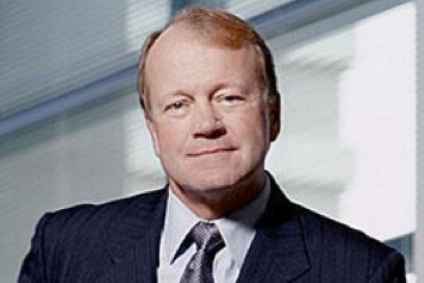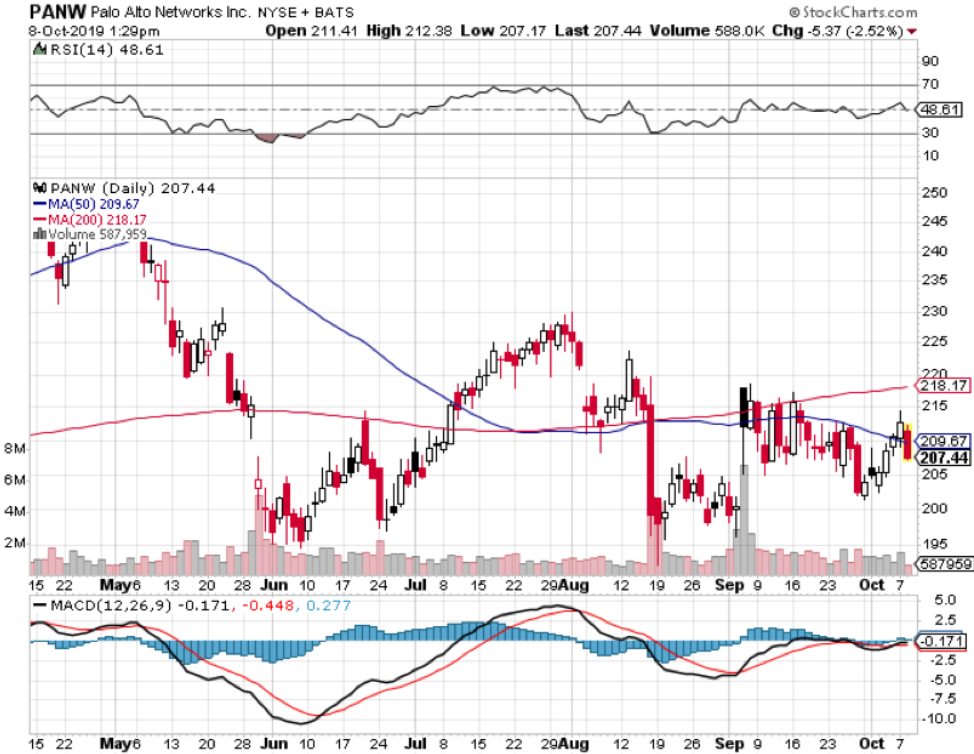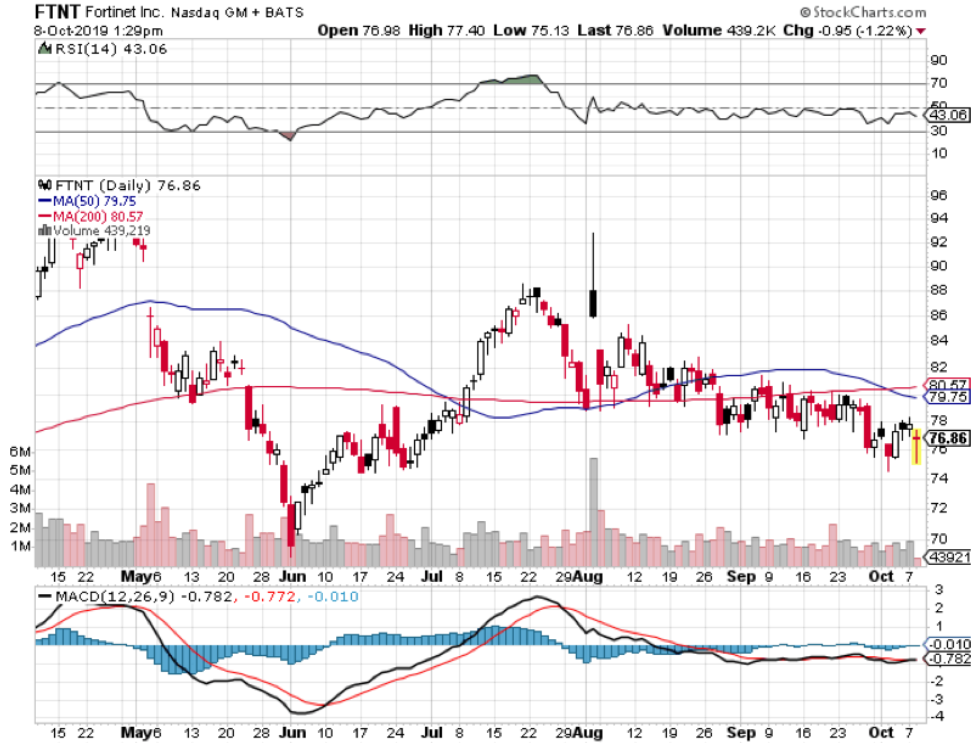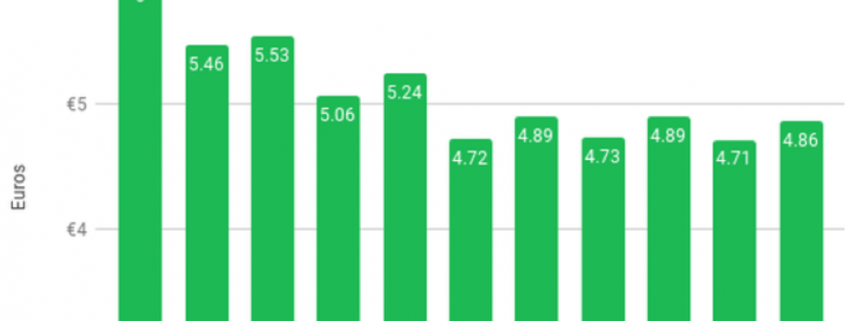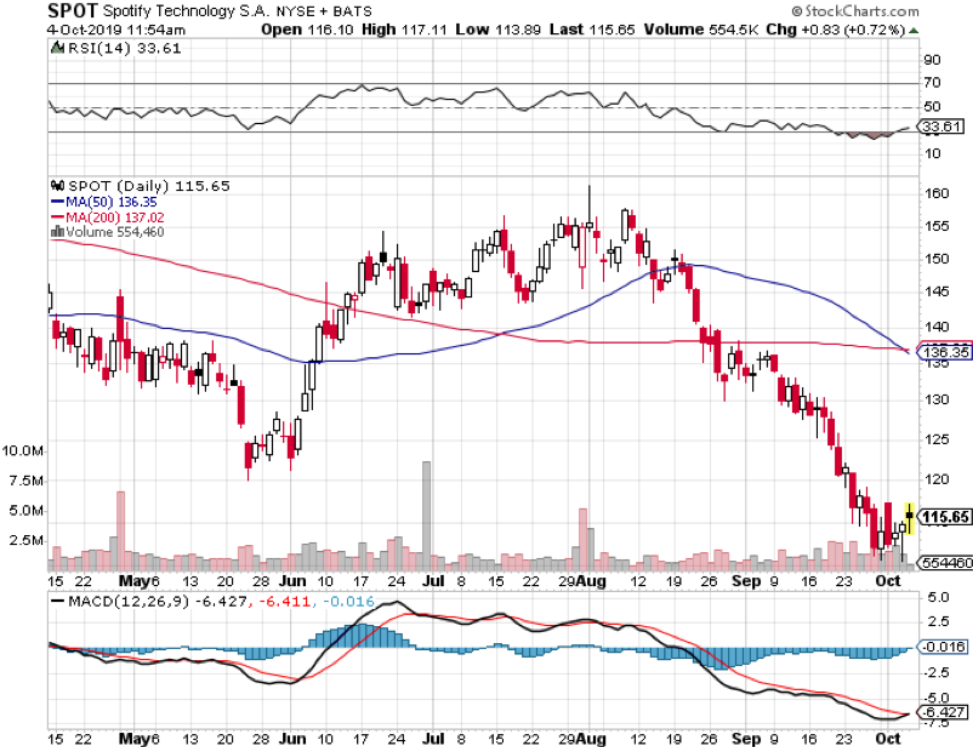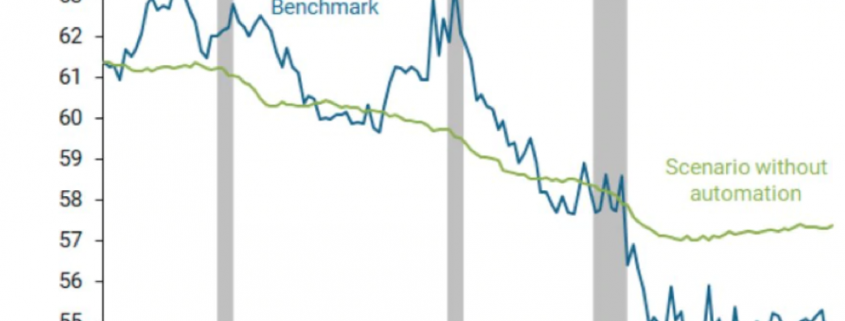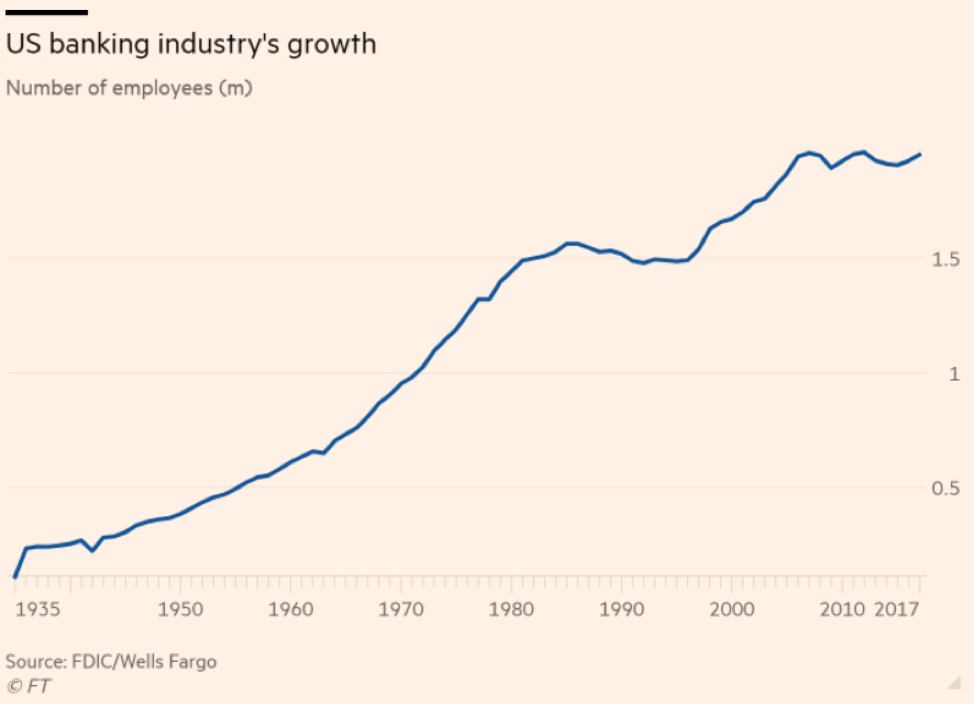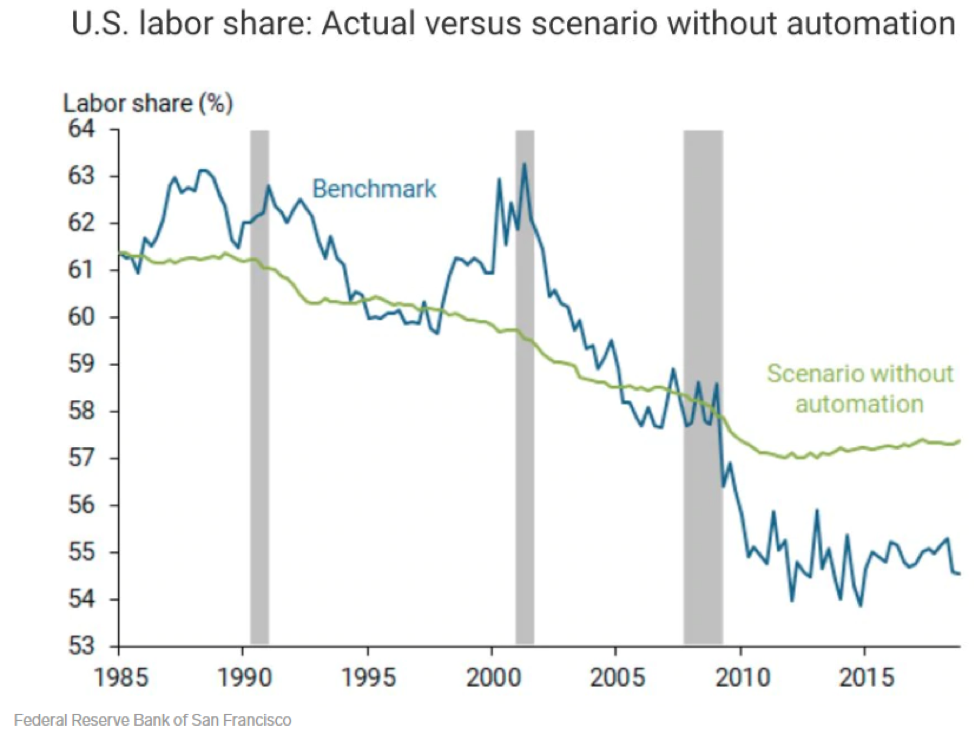“There are two equalizers in life: the Internet and education.” – Said Former CEO of Cisco John Chambers
Mad Hedge Technology Letter
October 9, 2019
Fiat Lux
Featured Trade:
(WHAT’S BEHIND THE CHINESE TECH BLACKLIST)
(FTNT), (PANW), (CRWD), (CYBR)
The administration banning 8 Chinese tech companies screams one thing – American cybersecurity will become more important than ever before.
Interestingly enough, most of the entry list included Chinese own version of cybersecurity companies which usually participate in heavy-handed censorship including facial recognition startups Sensetime, Megvii and Yitu, video surveillance specialists Hikvision and Dahua Technology, iFlyTek, Xiamen Meiya Pico Information Co and Yixin Science and Technology Co.
All of these companies have “borrowed” American source code while applying American designed semiconductors to create a business aiding the interests and model of the Chinese Communist Party.
As the stakes become higher, American companies too will have to grow cybersecurity budgets, and instead of budgeting for mass authoritarian censorship, American companies will need to spend to protect the technology and networks they develop from getting pillaged from totalitarian regimes.
If American tech companies renege on the Faustian bargain of doing business in China for their technology, then it will force the Chinese to acquire this sensitive technology by any means possible and that doesn’t involve sitting on the emperor’s chair in Beijing.
What does this mean for the broader trade war?
Even if we get a mini deal, it won’t address that the main guts of the trade conflict entails killing off Chinese tech in the way we know it now.
Being able to agree on some sort of enforceable mechanism is a pipe dream, even if an enforceable mechanism is agreed on, who will enforce the enforceable mechanism?
That’s how tricky it is for corporates doing business in China and now the NBA (National Basketball Association) has received a small sampling of the trade war with one innocuous quote by Houston Rockets General Manager Daryl Morey who tweeted then deleted his democratic support for the Hong Kong freedom movement.
The ban of these 8 Chinese companies means they will no longer be able to purchase U.S.-made technology parts to use as inputs of a censorship business model that goes against democratic values.
The trigger for the blacklist was the way these technologies were used to imprison ethnic Muslim minorities in Chinese Xinjiang province paving the way for China to lash out again against the U.S for the ban.
Not only has China applied the technology to Chinese nationals, they have exported this technology to African states and are allowed access to the data which could theoretically be exploited for additional economic and political gain about which they essentially have no qualms.
Chinese foreign ministry spokesman Geng Shuang has characterized this move as “interfering in China’s internal affairs” and as you probably believe, he expressed great unsatisfaction with this move as Chinese and American delegations plan to meet shortly to hash out their differences.
The 8 banned companies will need to source alternative tech in the same way that Huawei Technologies has done.
Huawei was banned this past April under national security premises blocking access to US-made software for its handsets and devices, such as Google’s Android operating system and Microsoft’s Windows.
This will hurt certain semiconductor manufacturers like Nvidia who sell artificial intelligence chips for video surveillance to Hikvision and semiconductor stocks have sold off hard on this news.
Washington’s move has laid bare the fierce struggle for technology supremacy and America’s refusal to allow Chinese technology companies to reign supreme off of ill-gotten intellectual property and American semiconductor chips.
It could be the final straw in corporate America funding China to take down itself or at least another step to disengaging with the Sino cash cow.
And this new episode is almost guaranteed to usher in a flight of capital to American cybersecurity companies as Chinese hackers open up a new frontier to hack the best of America’s intellectual property.
I envision the likes of Palo Alto Networks, Inc. (PANW), Fortinet, Inc. (FTNT), CrowdStrike Holdings, Inc. (CRWD), and CyberArk Software Ltd. (CYBR) as good long term buy and holds that offer quality exposure to the cybersecurity story and the future growth of it.
“Some people don't like change, but you need to embrace change if the alternative is disaster.” – Said Founder and CEO of Tesla Elon Musk
Mad Hedge Technology Letter
October 7, 2019
Fiat Lux
Featured Trade:
(NEVER CONFUSE A GREAT SERVICE WITH A GREAT STOCK)
(SPOT), (APPLE), (GOOG), (NFLX)
Customers like to call me and tell me how cheap Spotify is.
Well, it’s cheap for more than one reason.
Even though Spotify (SPOT) dominates the music streaming space just like Netflix (NFLX) dominates the video streaming space, that does not mean investors should go out and buy the stock by the handful.
The numbers are quite impressive when you consider that Spotify boasts 100 million paying music subscribers.
In the iOS world, Apple (APPL) has 60 million music subscribers while Google (GOOGL) has only 15 million music subscribers.
Why do I mention Google?
They aren’t in the online streaming business, or are they?
Google has signaled its intent that they won’t just allow Spotify and Apple to turn the online streaming industry into a duopoly.
They are the third horse in the race.
Recently, Google announced that its YouTube Music app would now come preinstalled on all new Android devices.
Naturally, absorption rates will increase dramatically, and this app could become quite sticky.
Apple has a moat around its castle because of the iOS system but Spotify has no defenses against such attack.
Spotify is a slave to the Android platform to reach customers which is dominated by Google by not only their software but also their hardware now.
Spotify won a recent deal to preinstall its music app on Samsung (SSNLF) devices, but this won’t be the case for most devices.
Google has a two-way money-making strategy for YouTube Music service through both advertising and subscription sales.
Accessibility comes with ads and to remove ads, YouTube Music charges $9.99 per month.
Consumers spent $7.0 billion on music streaming subscriptions in 2018 and diversifying away from Google Search is something that CEO Sundar Pichai is hellbent on.
Google has lept into selling cloud computing services and hardware products, including speakers, in search of non-advertising revenue.
In reaction, Spotify cannot just lay vulnerable like a sitting duck, and have announced tests for a price increase for family plan subscribers in Scandinavia.
The family plan in Sweden currently costs about 149 Swedish krona ($15.45) per month, similar to the pricing in the United States and the rest of Europe and it will be interesting to see if they can stomach a 13% increase.
I bet there will be a revolt as Scandinavians know they can just hook up to YouTube with an ad-less browser to listen to whatever they want for free.
Looking to lucrative markets to squeeze more juice out of a lemon would have a higher chance of succeeding if a level up in service is also offered.
The desperation is palpable as Spotify’s Average Revenue Per User (ARPU) falls off a cliff and is the reinforcement I need to feel that this business is impossible to make money in.
Just the unforgivable headwind that licensing music eats up is enough pain with allocating 75 cents on every $1 of revenue.
The company has been in a precarious position right out of the gates.
Even publishers have gripes against Spotify's declining ARPU, since a large part of their contracts include revenue-sharing agreements with the music streamer.
Ultimately, Spotify is a service that cannot differentiate itself through exclusive original series and films which is inherent to survival.
Their attempts to allow individual singers to upload backfired because only their users are interested in hearing the 0.1% of popular music deemed popular from mainstream culture.
Spotify, Apple Music, and Google will possess more or less the same library of music that most people want to listen to.
Then it comes down to what platform is more convenient than the other.
Apple and Google have strong financial backing giving them higher pain thresholds if they lose money.
Until Spotify can find a magical way to make their product unique, they are on the path to a death by thousand cuts even if they do have a great product.
“Spotify has paid more than two billion dollars to labels, publishers and collecting societies for distribution to songwriters and recording artists.” – Said CEO of Spotify Daniel Ek
Mad Hedge Technology Letter
October 4, 2019
Fiat Lux
Featured Trade:
(WHY YOU ARE ABOUT TO LOSE YOUR JOB)
(SPECIAL AUTOMATION ISSUE)
The hammer has been brought down on the financial industry.
Robots are here and here to stay - automation is taking place at a breakneck speed displacing worker from all industries.
In a recent report by Wells Fargo, the U.S. financial industry will supposedly fire 200,000 workers in the next decade because of the advancements of automating processes.
Yes, humans are going obsolete and banking will effectively become algorithms working for a handful of executives and engineers controlling the algorithms.
The catalyst in this equation is the direct capital of $150 billion annually that banks spend on technological development in-house which is higher than any other industry.
Private businesses aren’t charities and banks are doing this all in the name of lower cost, shedding employee wage packets, and boosting efficiency rates.
We forget to realize that employee compensation absorbs up to 50% of bank’s expenses.
The 200,000 job trimmings would result in 10% of the U.S. bank jobs axed for the hyped-up “golden age of banking” that should deliver extraordinary savings and extra services to the customer.
I would argue that cost savings due to technological enhancements have already had an outsized surge in available services to the client as mobile and online banking has increased functionality allowing U.S. customers to maintain tight internet control over their bank account from anywhere that has an internet connection.
The most gutted part of banking jobs will be in the call centers because they will be substituted by chatbots.
A few years ago, chatbots were awful, even spewing out arbitrary profanity, but they have slowly crawled up in performance metrics to the point where some customers do not even know they are communicating with an artificial engineered algorithm.
The wholesale adoption of automating the back-office staff isn’t the end of it, the front office will experience a 30% drop in numbers sullying the predated ideology that front office staff is irreplaceable heavy hitters.
As it is, front-office staff is in the midst of getting purged with 2018 representing a fifth year of decline.
Front-office traders are being replaced by software engineers as banks follow the wider trend of every company migrating into a tech company.
Efficiencies do not stop there; the adoption of artificial intelligence will lower mortgage processing costs by 20% and the accumulation of hordes of data will advance the marketing effort into a smart, hybrid cloud-based and hyper-targeted strategy.
You would think that less workers mean higher pay for the employees - you thought wrong.
Historically, a strong labor market and low unemployment boosts wage growth, but national income going to workers has dipped from about 63% in 2000 to 56% in 2018.
Causes stem from the deceleration in union membership and outsourcing has snatched away bargaining power amongst workers on top of the mass automation being implemented.
I was recently in Budapest, Hungary and on a main thoroughfare, a J.P. Morgan and Blackrock office stood a stone’s throw away from each other employing an army of local English proficient Hungarians for 30% of the cost of American bankers.
Banks simply possess wider optionality to outsource to an emerging nation or to automate hard-to-fill positions now.
In this game of cat and mouse, companies can easily rebuff workers' attempts to ask for salary raises and if they threaten to walk off the job, a robot can just pick up the slack.
The last two human bank hiring waves are a distant memory.
The most recent spike came in the 7 years after the dot com crash until the sub-prime crisis of 2008 adding around half a million jobs on top of the 1.5 million that existed then.
The longest and most dramatic rise in human bankers was from 1935 to 1985, a 50-year boom that delivered over 1.2 million bankers to the U.S. workforce.
Recomposing banks through automation is crucial to surviving as fintech companies are chomping at the bit and even tech companies like Amazon and Apple have started tinkering with new financial products.
“I don't want to have a major lawsuit against our own government... But look, at the end of the day, if someone's going to try to threaten something that existential, you go to the mat and you fight.” – Said Co-Founder and CEO of Facebook Mark Zuckerberg
Legal Disclaimer
There is a very high degree of risk involved in trading. Past results are not indicative of future returns. MadHedgeFundTrader.com and all individuals affiliated with this site assume no responsibilities for your trading and investment results. The indicators, strategies, columns, articles and all other features are for educational purposes only and should not be construed as investment advice. Information for futures trading observations are obtained from sources believed to be reliable, but we do not warrant its completeness or accuracy, or warrant any results from the use of the information. Your use of the trading observations is entirely at your own risk and it is your sole responsibility to evaluate the accuracy, completeness and usefulness of the information. You must assess the risk of any trade with your broker and make your own independent decisions regarding any securities mentioned herein. Affiliates of MadHedgeFundTrader.com may have a position or effect transactions in the securities described herein (or options thereon) and/or otherwise employ trading strategies that may be consistent or inconsistent with the provided strategies.

